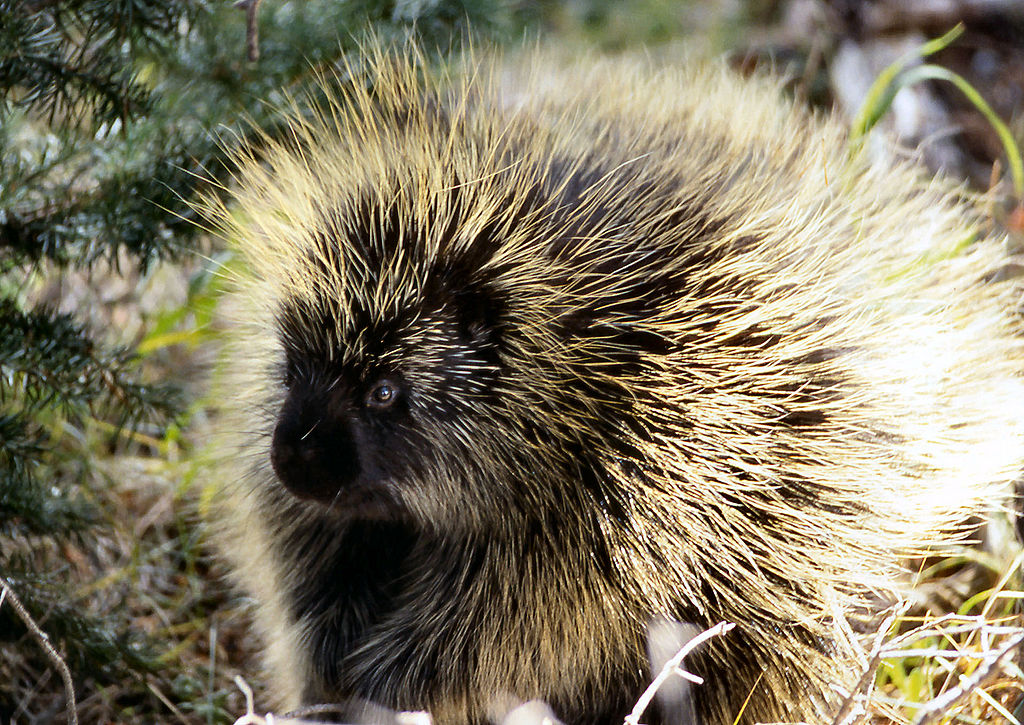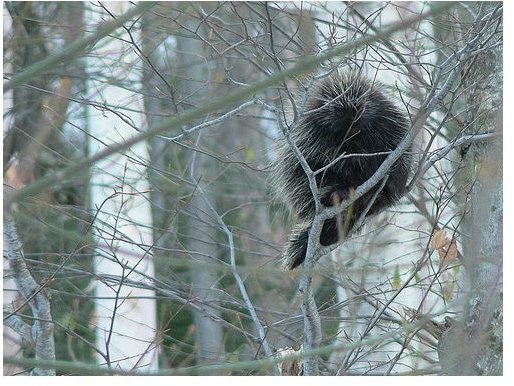Mediterranean Forest Woodland and Scrub Forest Ecology Pocket Guide Biology Diagrams Porcupines feed on foods that have a high source of nitrogen when possible. The foods that attract porcupines include apples, salt, evergreen needles, tree bark, nuts, berries, flowering herbs, grasses, and roots. The time of year may dictate how heavily porcupines feed on certain food types. To make do with the limited food available in the winter, they have also been found feeding together, sharing mineral licks, or some other winter food source. The porcupine is primarily a solitary creature that maintains separate home ranges from others of its kind. But when temperatures drop and food is scarce, they can tolerate the presence

The Habitat of Porcupines. Porcupines are found in various habitats across North America, including forests, grasslands, and mountainous regions. They thrive in wooded areas where they can easily climb trees to escape predators or find food. Porcupines prefer habitats with abundant vegetation since they rely heavily on plants for sustenance.

9 Foods That Attract Porcupines (And How To Keep Them Away) Biology Diagrams
Porcupines have a strong preference for leaves from trees and shrubs. They are skilled climbers and often ascend trees to munch on tender leaves, especially during the spring and summer months when fresh foliage is abundant. Bark and Wood. One of the most notable food sources for porcupines is tree bark. Porcupines have a great sense of smell so that the porcupines can sense the enemies from a distance. Porcupines stamp their feet and use their sharp teeth and start fowling so to scare the enemy. However, if the enemy keeps scaring, they run back to attack them with their quills.

Porcupines feed on a variety of plants, seeds, fruits, nuts, and bark which makes them an important part of many forest ecosystems where they act as an important link in the food chain. G. Porcupine Social Behavior. Porcupines are mostly solitary animals, preferring to be alone for most of their lives.

Porcupines in the Wild: Their Habitat, Behavior, and Diet Explained Biology Diagrams
The porcupine's role and value in the ecosystem is less than obvious, but they are an important part of the food web as an herbivore and a prey species, and their foraging behavior transports food and nutrients from tree canopies to the forest floor by way of dropped branches and large volumes of scat.